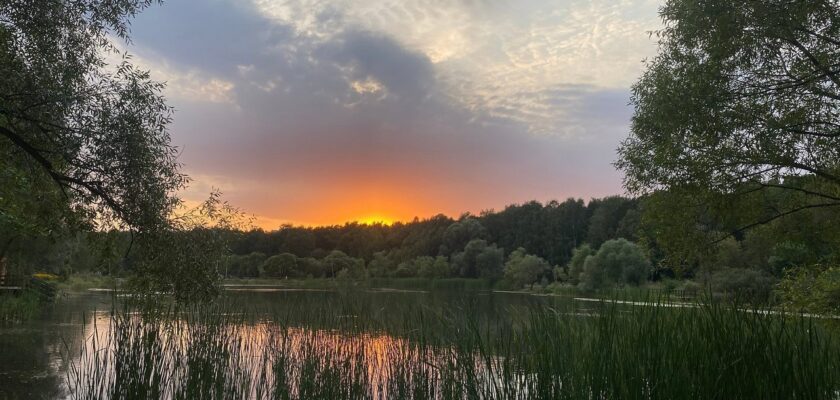Pokrovskoye-Streshnevo Park
Pokrovskoye-Streshnevo Nature and Historical Park is located in the north-west of Moscow, between Volokolamskoye and Leningradskoye highway. It is a specially protected natural area of regional importance, a real forest in the center of the city and a former noble manor. Despite the capital’s infrastructure, Pokrovskoye-Streshnevo is still dominated by a unique natural environment.
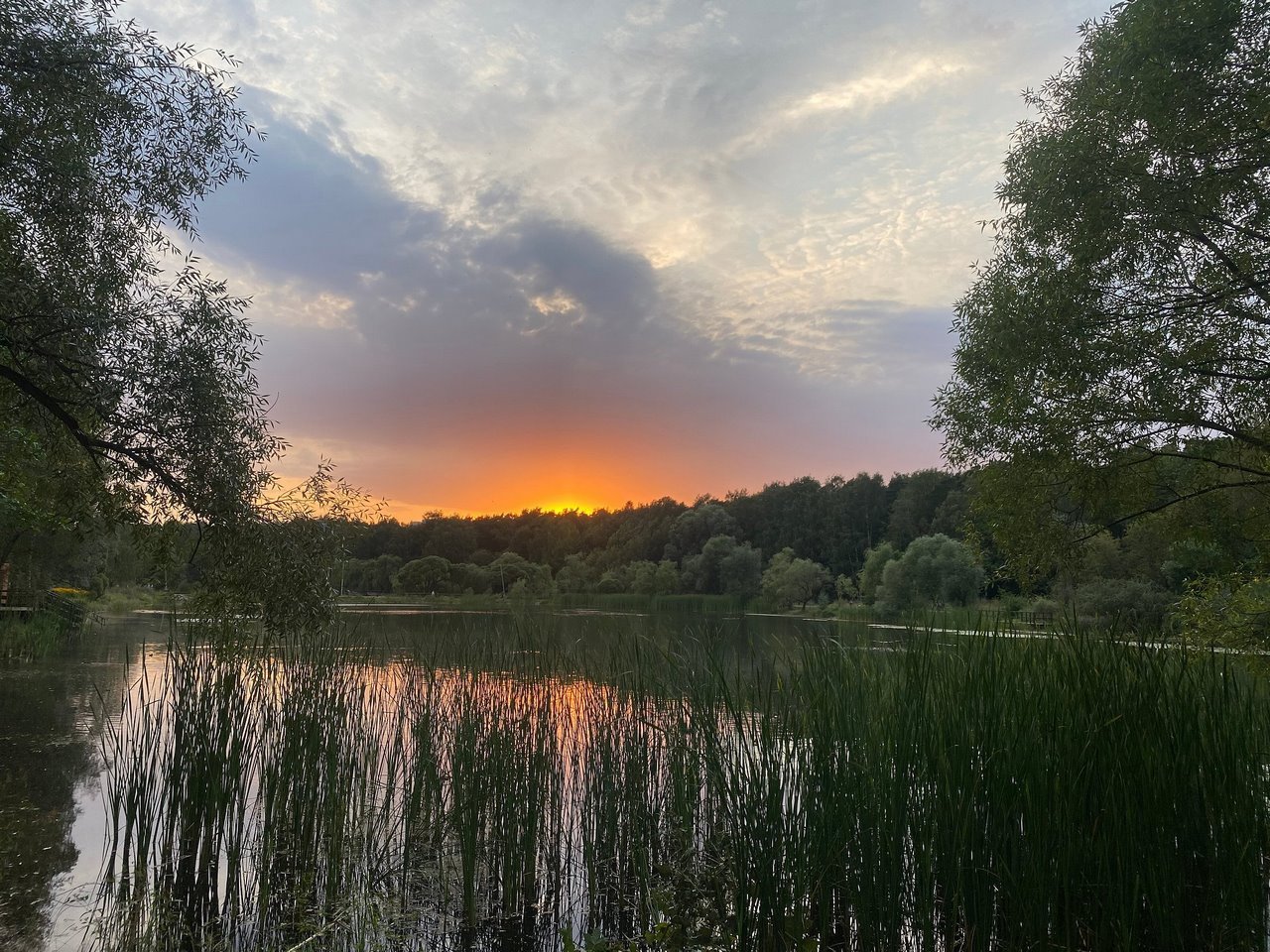
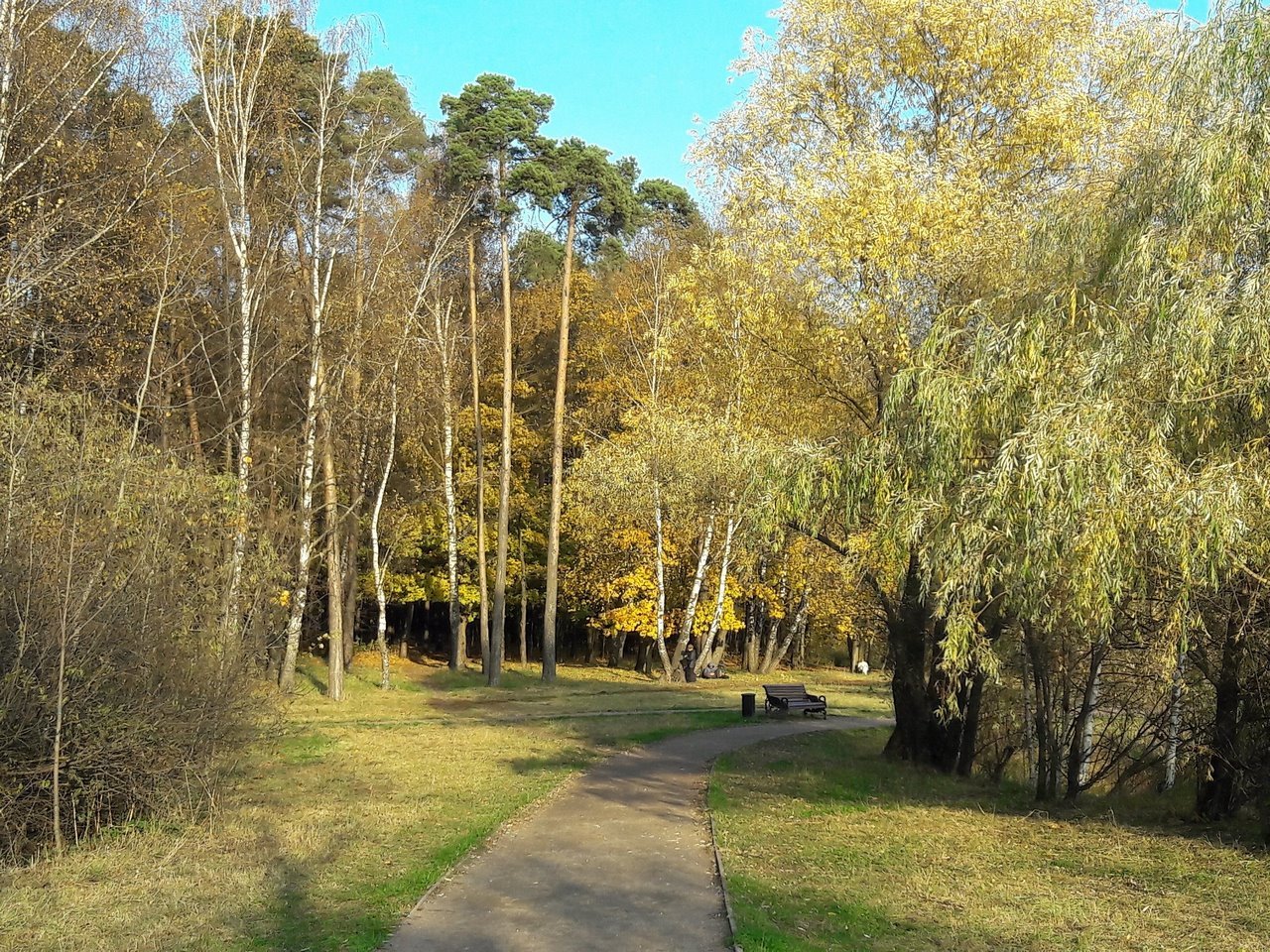
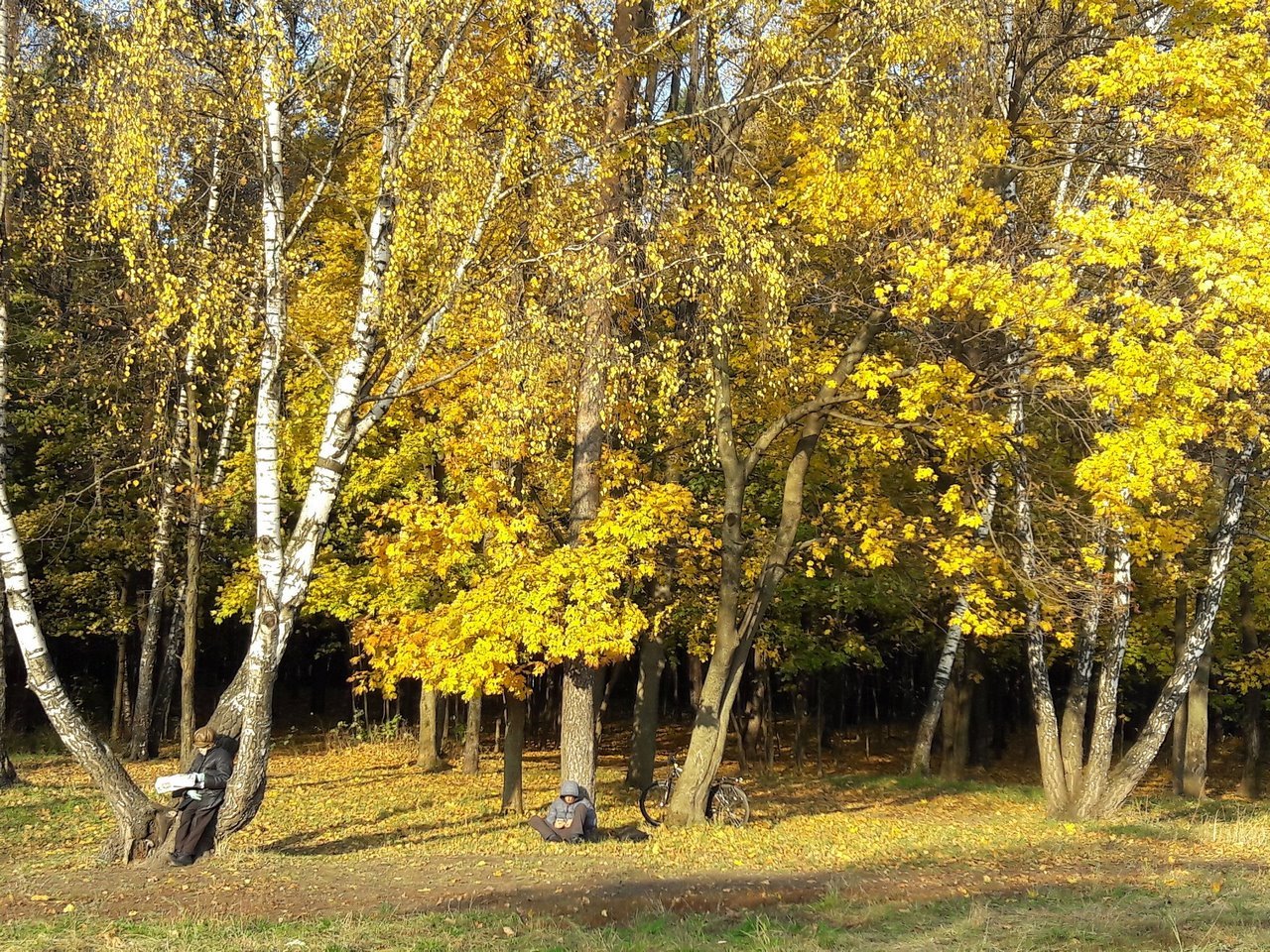
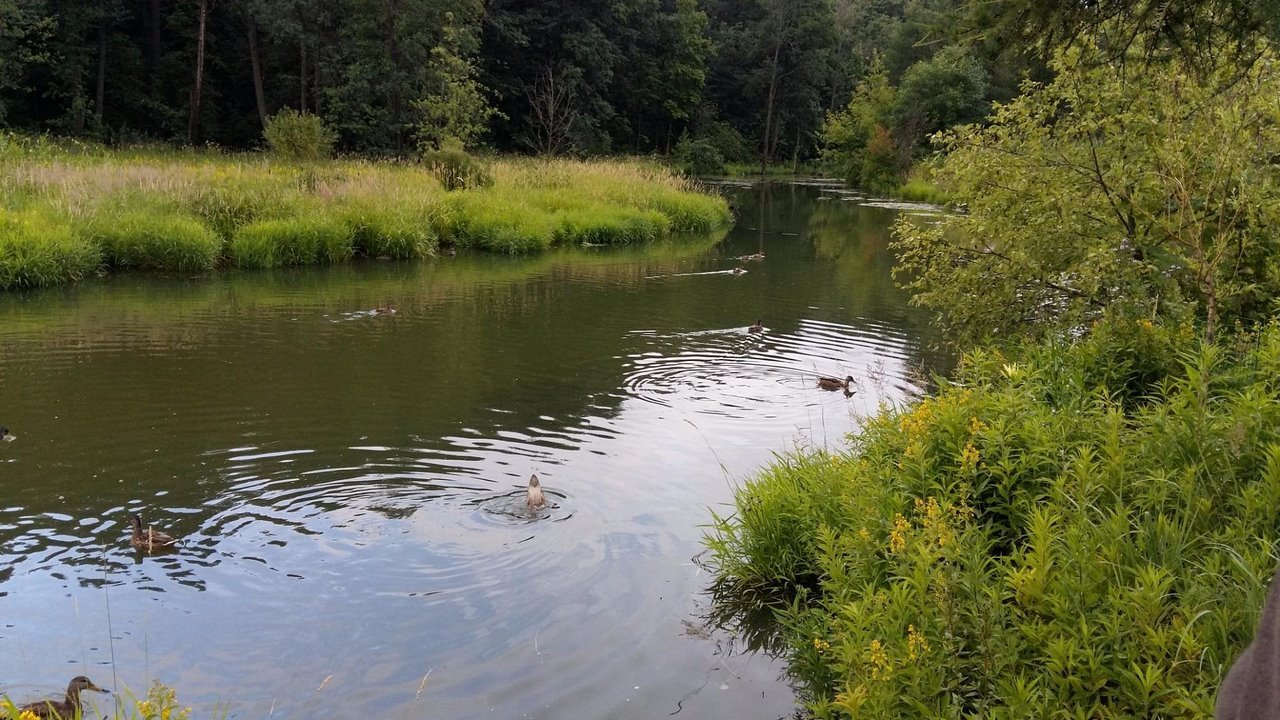
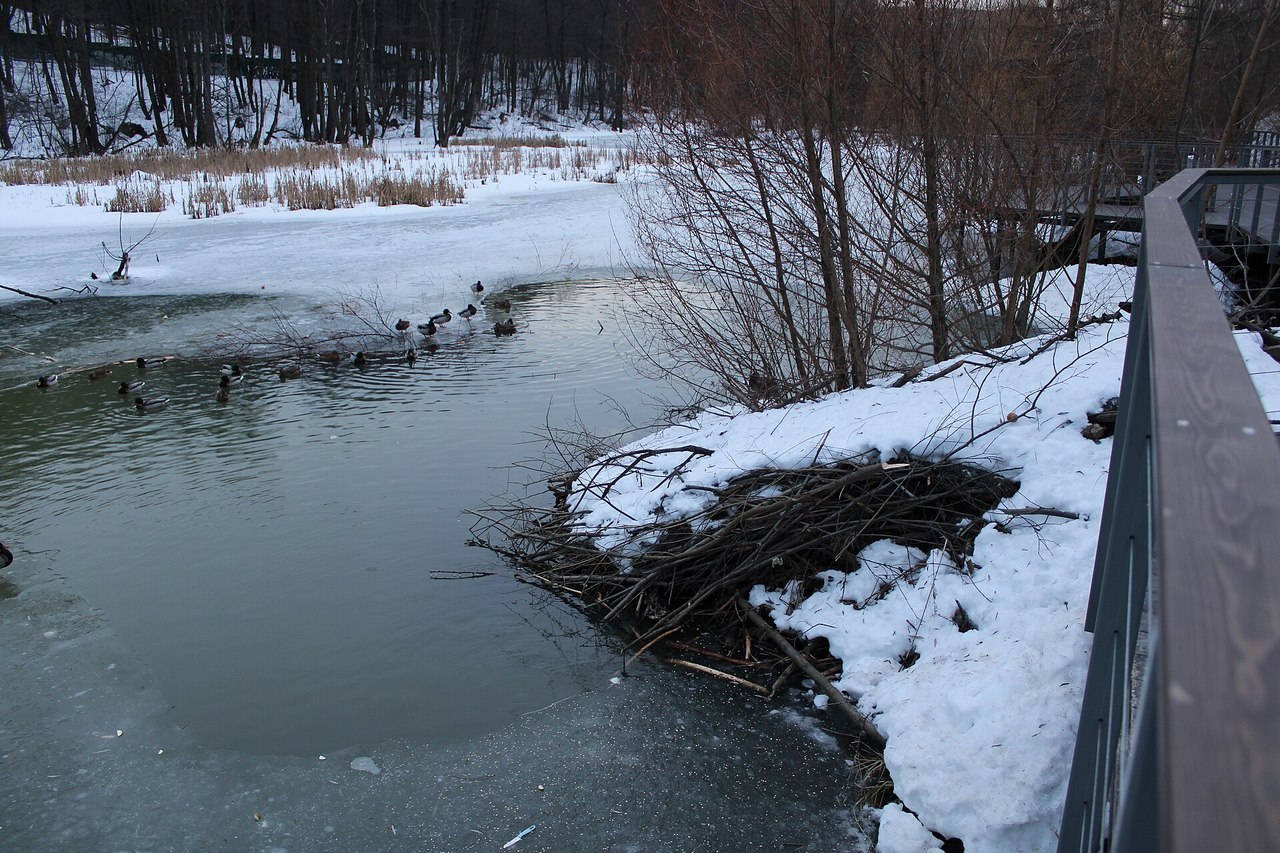
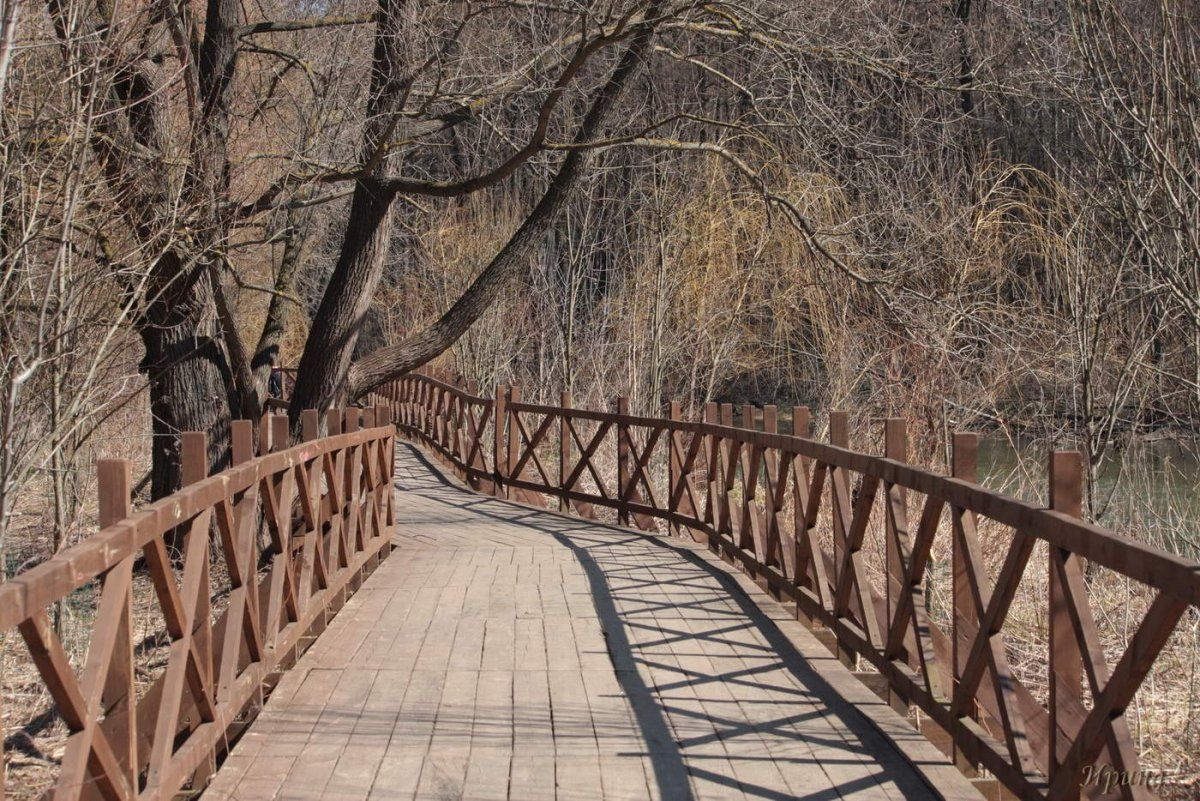
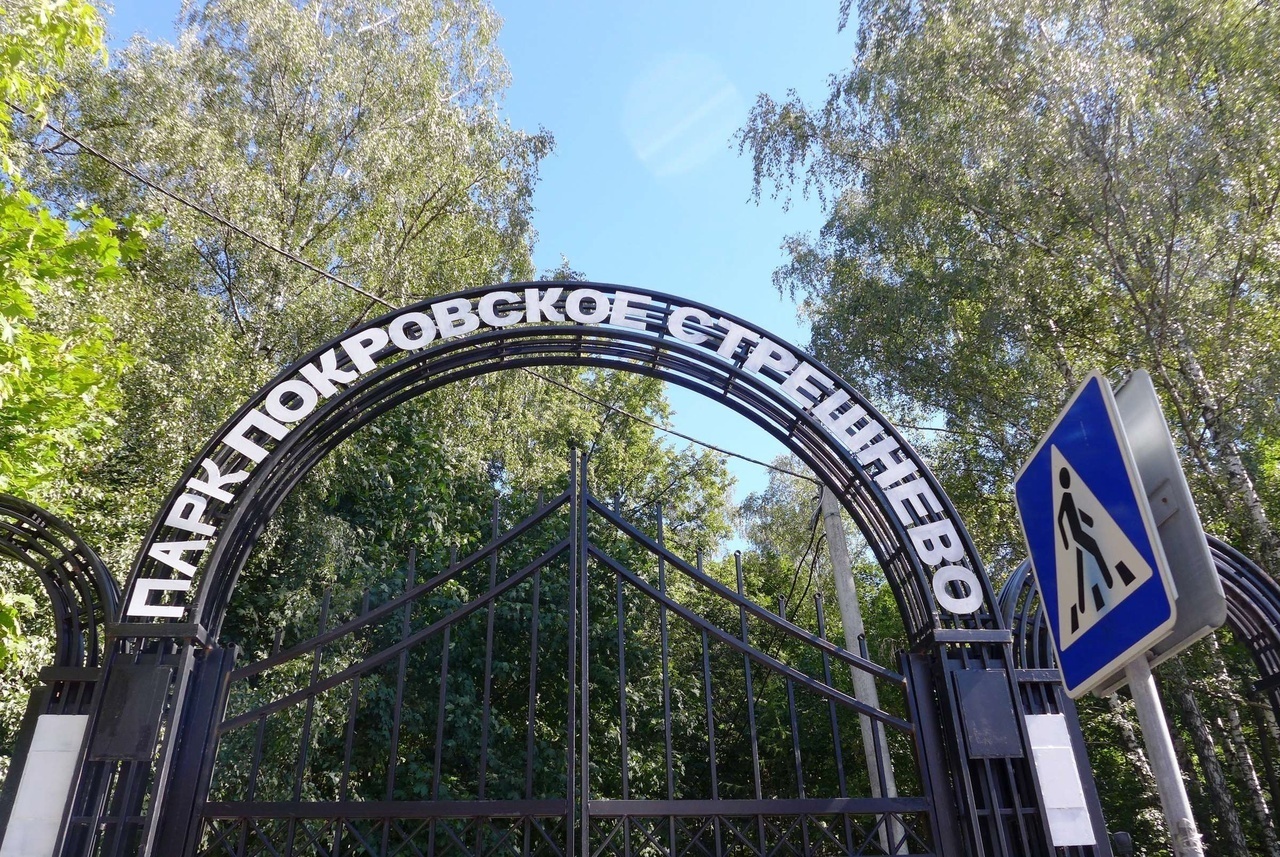
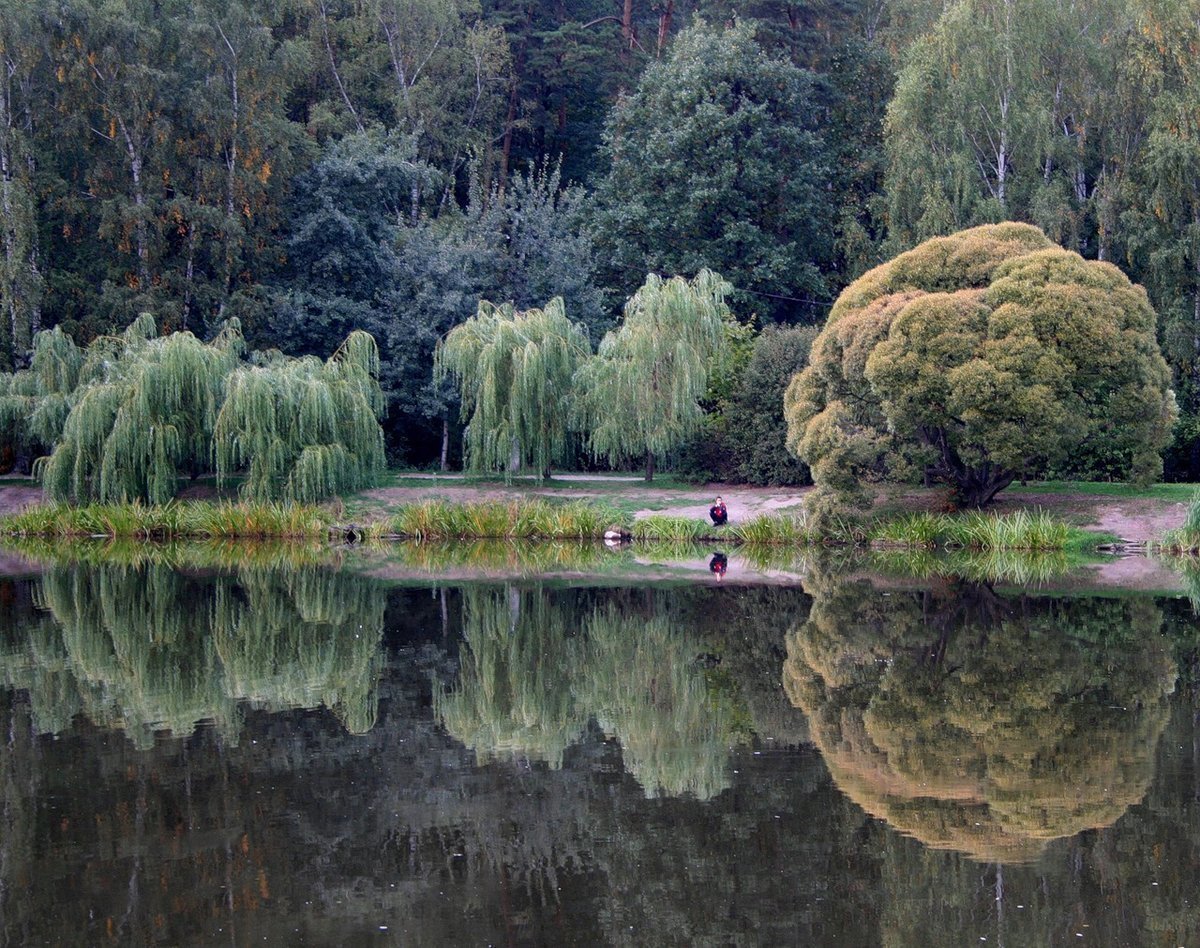
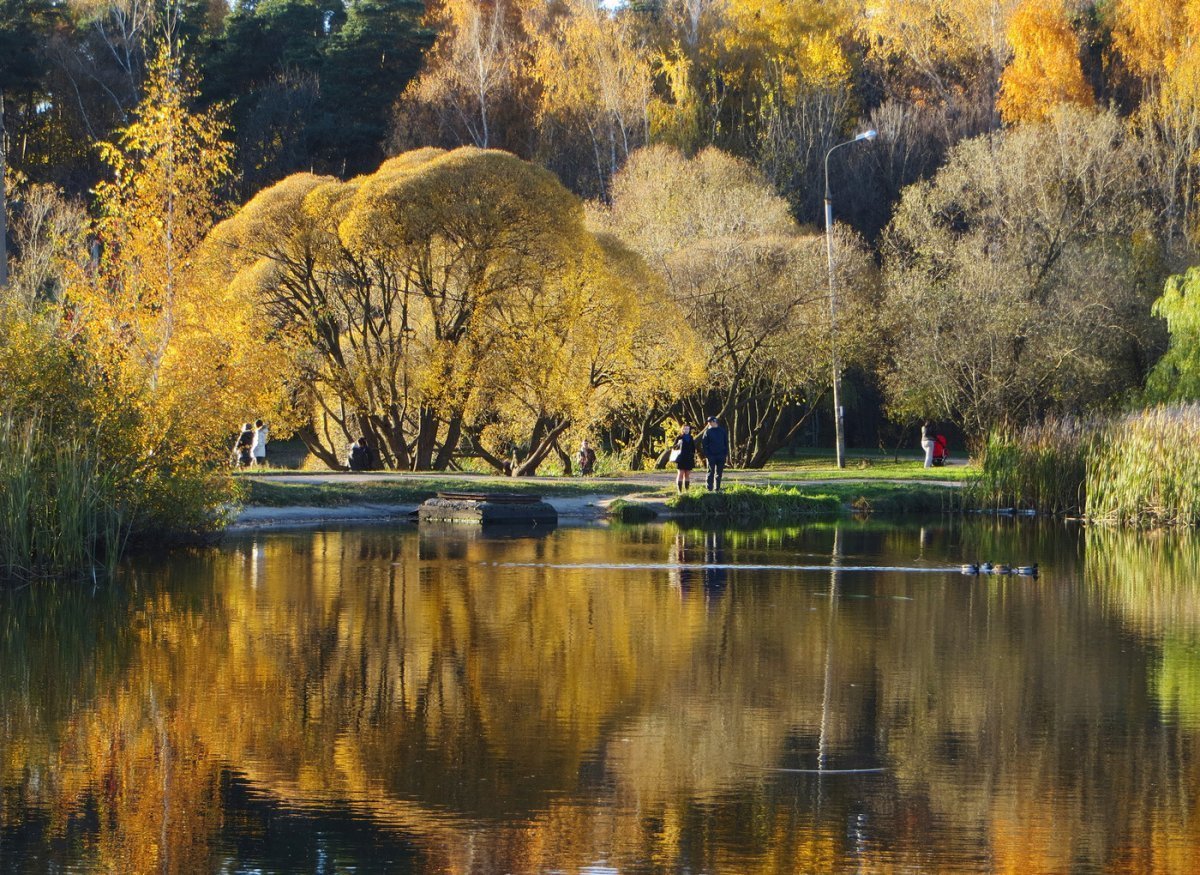
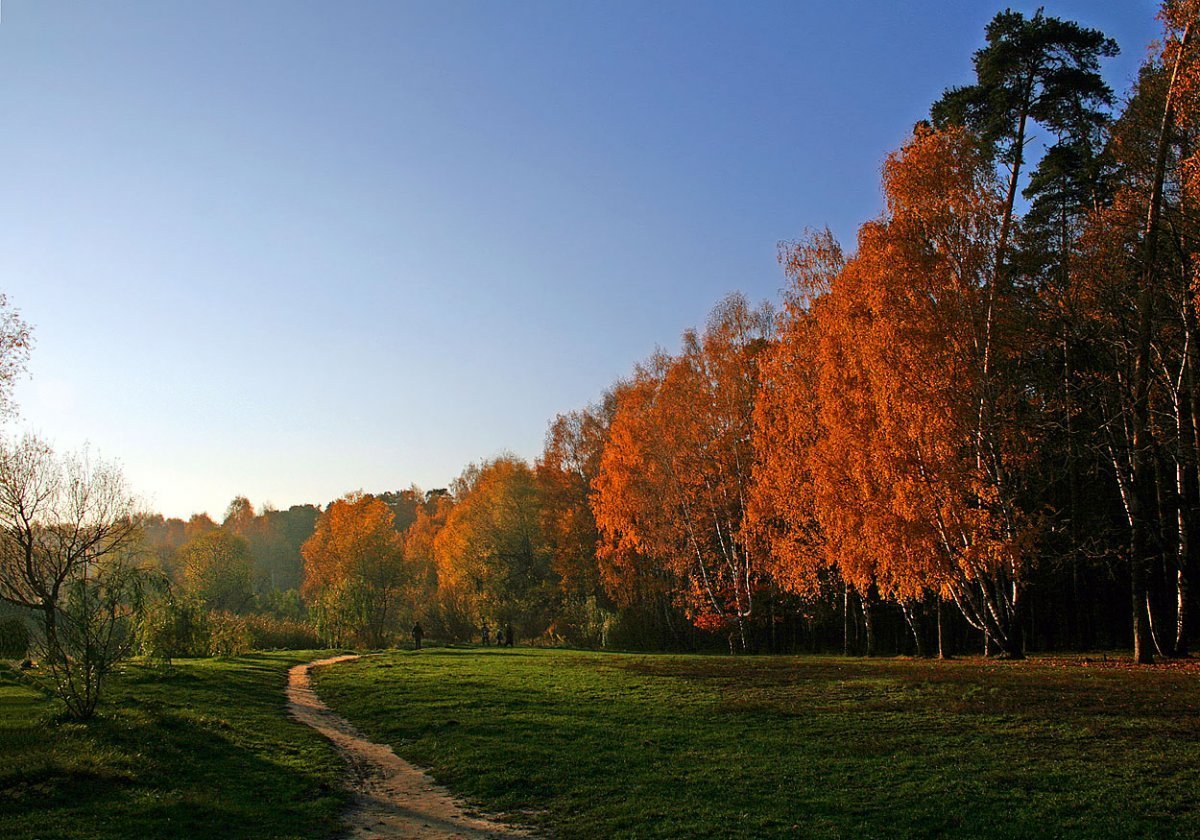
Video: Pokrovskoye-Streshnevo Park
Contents- Highlights
- History of Pokrovskoye-Streshnevo Park
- The Streshnevy Estate
- What to do
- Where to eat
- How to get there
Highlights
The former Moscow estate of Glebovo-Streshnevo, with an area of over two hundred hectares, is washed by two rivers: the Khimka and the Chernushka. The latter takes its origin here and is represented by a cascade of seven ponds. Water spaces are inhabited by beavers, muskrat, waterfowl, and the banks are rich in red-listed flora – rare for the region herbs and flowers.
.
The relatively small territory has formed a diverse relief: high slopes of water bodies, forests with hundred-year-old pines, deciduous plantations: oaks, elms, birches, lindens. Floodplains and cascades, flood meadows near the river became a paradise for moisture-loving plants. Of particular interest are monuments of nature and architecture: spring “Tsarevna Swan”, “Khimki River Valley”, estate “Pokrovskoye-Glebovo-Streshnevo.”
.Despite urbanization, penetrating in recent years in all corners of the country, here, actually in the heart of urban life, managed to preserve the natural picturesque environment with its furry and feathered inhabitants.
.History of Pokrovskoye-Streshnevo Park
The origin of the village of Pokrovskoye dates back to the 1620s, when a few yards appeared on the Podyolki heath and a church was built. With the transfer of the settlement into the ownership of Rodion Streshnev, the development of the area acquired a business connotation. Instead of erecting fashionable chalets, the enterprising relative of the sovereign Mikhail Romanov ordered to build dams for fish farming in the Chernushka River and supplied the catch to the tsar’s table.
.
In the nineteenth century, local living quarters were rented to the intellectual and creative elite of Moscow. “Houses for summer dwellings with all their accessories” in the vicinity of Pokrovskoye were highly valued, and in order to develop the dacha business, Princess Eugenia Shakhovskaya-Streshneva-Glebova ordered the construction of a railroad station, the building of which has survived to this day.
In the estate worked on his work “History of the Russian State” NM Karamzin, here visited Leo Tolstoy. And Elizabeth Glebova-Streshneva was lucky enough to receive here Empress Catherine II.
.
During the Soviet era, the estate was transferred to departments for various needs. In 2006, the land was returned to the state, began to improve the territory in a modern way.
.
There are different combinations with the name of the estate: Glebovo-Streshnevo, Shakhovskaya-Streshnevo and others. This is due to the fact that the Streshnev family was twice suppressed in the male line, but descendants managed to defend the preservation of the surname in the name.
.
Streshnev Estate
The highlight of the park, reminding of the long history of its existence, is the noble manor – a classic example of garden and park art of the XVII-XIX centuries. The architectural ensemble includes:
.- the main building built in 1800 and later added rooms;
- the Church of the Intercession of the Blessed Virgin Mary;
- the remains of the Elizabethan greenhouse; .
- brick fence, which attracts attention when approaching from the Volokolamskoye highway.
The estate was built by the descendants of the first Streshnev. Rodion Matveyevich himself was engrossed in more important matters: in addition to entrepreneurship, he brought up little Peter the Great. In 1766, under the management of Peter Streshnev and his daughter Elizaveta, a lord’s house was built. Given the kinship of the owners with the royal family, the interior design was somehow oriented on the sovereign decorations: portrait gallery and coats of arms, obelisk in front of the entrance, preservation of ancestral attributes of the noble nest.
.In the 1770s, the husband of Elizabeth Streshneva Fyodor Glebov built for his wife bath house “Elizabethino” on the bank of the Khimki River. Nearby was organized menagerie, which was inhabited by deer, sheep, goats, imported rare birds. The estate became known as Glebovo-Streshnevo – by that time the male line of the family was cut off, and the only heiress managed to defend the right of the Tsar to be called a double surname.
.
In 1864, the residence was inherited by Princess Eugenia Shakhovskaya-Glebova-Streshneva, the last owner, who decided to turn the lord’s house into a medieval castle. The additions were made in the form of turrets or semicircular ensembles, the tops were shaped toothed, the lattices were openwork forged, marble sculptures by Italian masters appeared. In front of the facade installed an obelisk with the figure of a dog, which means the visit of members of the royal family to this place.
.
The red brick fence was erected in 1890. The gate – left, locked, facing the park – has been preserved.
.
In the twentieth century, the estate, like all such institutions, was transferred from department to department. At various times the building housed a sanatorium, a laboratory, a museum, and the house was reconstructed in a utilitarian style. For several years in the post-Soviet period Pokrovskoye-Streshnevo was sold, bought, destroyed, rebuilt, burned twice, subjected to the invasion of vandals.
.
Now the main house is closed for visits, is under restoration.
.What to do
Streshnevsky forest park is huge, here you will find entertainment for all tastes and ages. Improvement of the territory allows you to relax company, family, alone, actively spend time in sports, walking. There is a road and path network for hiking and biking, playgrounds for children, a vorkout cluster, trampolines and tracks for deadjumping, there is a volleyball court with high-quality sand. In winter there is a slide for skating on the slope of the ravine in the back of the park. In summer, you can spend time on the beach.
As a cultural vacation is offered to take a walk through the natural attractions of the residence. Spring “Swan”, located on the side of the Volokolamskoye highway, is the only pure spring in the Moscow region. You can drink water from it and then take a walk along the ecological path along the river. Above the springs in the clearing are the remains of the pavilion “Elizavetino” 1770’s construction, destroyed during World War II.
Another protected area within the boundaries of the park is the valley of the Khimki River. Along the bank of the reservoir there are beaver houses (huts), dams, in the floodplains – habitats of birds, of which there are about 50 species in the park. A simple walk along the lively shady alleys and cozy bridges, undoubtedly, will give aesthetic pleasure.
.
On the territory of the park “Pokrovskoye-Streshnevo” operates the Church of the Intercession of the Blessed Virgin Mary. This is the oldest building of the complex, from the appearance of which, it can be considered, and began the history of the estate. Erected in 1629, the church was rebuilt several times in accordance with the style of its era. Today only a part of the “native” walls has been preserved, the rest is new. In 2015, the cloister was restored. Masters managed to recreate the colors and materials of the time: oak windows and doors, marble poured floors, shades of black gold.
.
For guests’ information: the park has video surveillance cameras and a police call button. An information stand will help to navigate through the location. The smallest number of visitors is observed on weekdays, especially in the evening.
.
Where to eat
Near the temple there is a cozy refectory canteen, which offers home-cooked meals, baked goods and fresh dairy products. A tasty lunch costs 300-400 rubles, and the kids prefer delicious take-out pies.
.
Near the volleyball court recently opened a restaurant “Culture” with an interior in neo-Russian style. The main part of dishes is served until 15:00. The average check for lunch is 1,000 rubles.
.
There are no other catering facilities on the territory of the park “Pokrovskoye-Streshnevo”, but near the ponds there are places for picnics, equipped with gazebos and barbecues. All this is provided absolutely free of charge. For the opportunity to fish and immediately cook fried fish will not be charged as well.
.
How to get there
The forest park “Pokrovskoye-Streshnevo” is located within Moscow, on Ivankovsky highway, 6. You can reach it on your own in the following ways:
.- from the side of the Leningradskoye Shosse from the metro station “Baltiyskaya” 3 minutes walk; .
- from the Volokolamskoye highway from the metro station “Shchukinskaya” 15 minutes walk;
- from the platform “Streshnevo” 5 minutes walk;
- from Svobody Street, a 15-minute scenic route to the park passes through Gateway 7.
There are also bus routes #412, m1 running past the park in the direction of the Infectious Diseases Hospital.
.